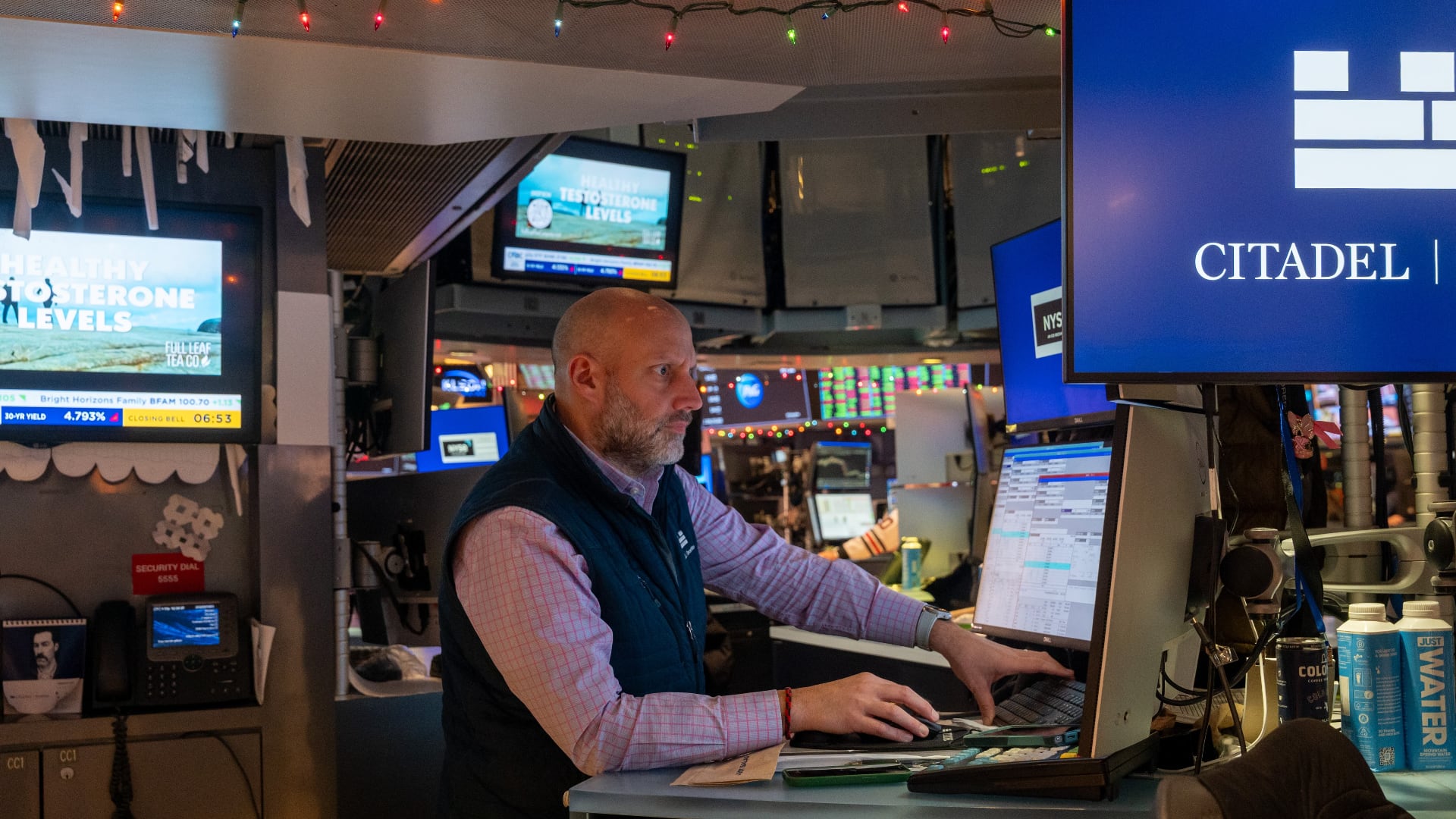Retailers and restaurants may be opening across the United States, but questions are circling as to whether consumers will return. In addition to the vast economic uncertainty, lingering health concerns about going out in public and interacting with others are forcing businesses to embrace e-commerce, a move not all of them are prepared for.
Bad Axe Throwing in Atlanta invested heavily in marketing to let customers know it would be reopening but only had two customers come through the door, president and CEO, Mario Zelaya, told What Now Atlanta. Likewise, many malls were largely empty when they reopened, according to the Atlanta Journal-Constitution.
Consumers Worry About Money
Consumer confidence plunged in April, according to the Consumer Sentiment Index, conducted by Refinitiv and Ipsos. Values dropped to 43 in April from 60.1 in March — the largest drop in the 18 years that the survey has been tracking how households feel about future consumption and savings. "Americans we polled do not believe in a quick recovery after the lockdown," Refinitiv director of consumer research Jharonne Martis said. "What happens in situations like this because they know someone who lost their jobs, they are in fear that their job security is at stake in the near future."
Consumer spending dropped 16.4 percent in April, according to the U.S. Commerce Department. Compared to the same time last year, shopping at clothing and clothing accessories stores was down 89 percent. Shopping at electronics and appliance stores decreased 65 percent.
The higher the unemployment rate goes, the more consumers are likely to scale back on their spending, Martis added. The Fed's Report on the Economic Well-Being of U.S. Households showed 20 percent of Americans lost a job or experienced reduced hours through early April. The changes were most pronounced among low-income individuals. About 40 percent of people making $40,000 and under said they have lost their jobs during the pandemic.
Safety Concerns
In addition to the economic concern, there is the personal safety angle that businesses need to address. Allowing online or mobile ordering creates less contact between people, and digitizing operations can allow people to work remotely for the foreseeable future. Starbucks, for example, is allowing curbside pickup for purchases made by Uber Eats and its app. About 17 percent of its customers used its app before the pandemic, so many people were already familiar with the mobile ordering process.
While many companies are anticipating the second half of the year will pick up, it will be a different world, creative digital agency Code and Theory CEO Dan Gardner explained. Many businesses are coming to them to see how they can bring their company online and are pivoting marketing dollars into these divisions. Even companies like his that already had a flexible work-from-home schedule and unlimited vacation are learning new ways to communicate and ensure productivity while everyone is working remotely.
New Reliance on Technology
"The 2008 recession woke up a lot of companies," Gardner said, "Now we see the wake up for companies that were a little behind in having a digital-first strategy."
Advertising agencies are being called to help brands shift to online, including how to communicate with digital shoppers as well as create a good customer experience, said advertising association 4As CEO and president Marla Kaplowitz.
"What we're all experiencing right now was happening," she pointed out. "It was just happening at a slower pace. Those that were prepared versus those that were not, it will be harder for those to catch up. They really have to make an attempt to fix the customer experience."
However, going digital is a "very expensive investment" that should have been taking place before the pandemic, Refinitiv's Martis said.
Target, for example, was able to beat on earnings this past quarter and said the coronavirus will not affect its business or guidance, she pointed out. But for the last five years, it's been investing in omnichannel operations to allow customers to buy products via their computer and phones, as well as creating a logistics system to get goods to people quickly.
"The strategy is not cheap," Martis said. "It comes at a high cost, but it's a necessary evil."
While creating a digital revenue stream is an ever-evolving process, it may be too late for companies that haven't already done the heavy investment into online methods, Kaplowitz said. For companies that are starting from scratch, they'll have to quickly create these costly products and train their customers to move to these methods.
"If you didn't have e-commerce set up and if you didn't understand how to build that infrastructure, we'll see some consolidations of those businesses and some transformation," she said.



